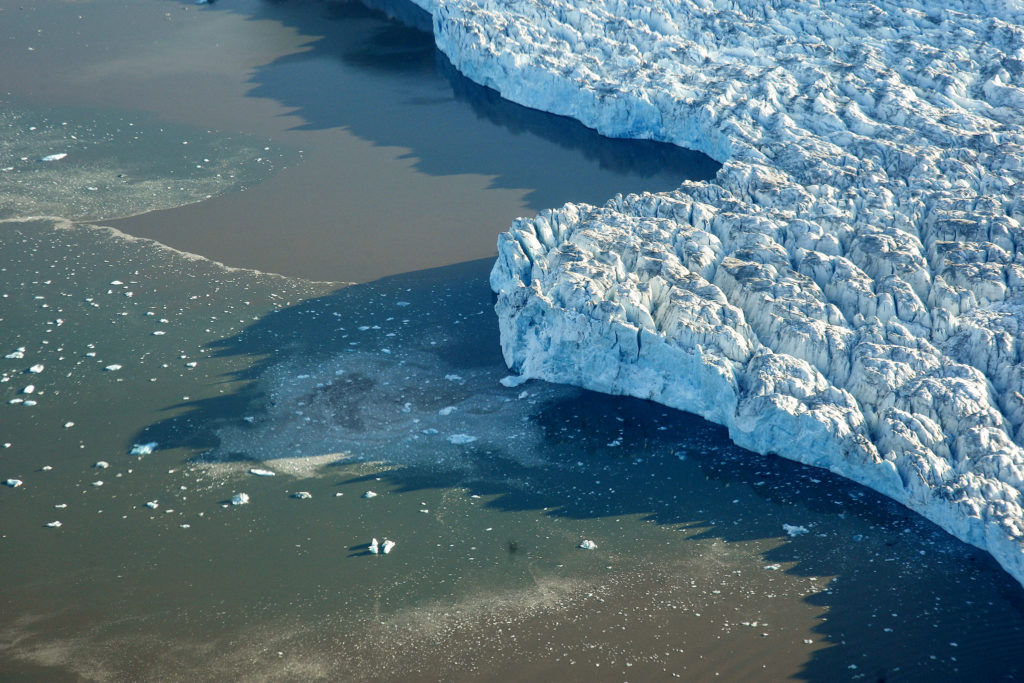Environmental activists Greta Thunberg and George Monbiot have made a short and excellent YouTube video on forests and climate change. Their thesis: to deal with climate change, we need to eliminate fossil fuels, but this alone will not be enough. We also need reforestation. Key quote: “There’s a magic machine that sucks carbon out of the air, costs very little, and builds itself: a tree.” Plant trees, suck carbon out of the air. What’s not to love?
What they don’t mention is veganism. To reforest on a scale that will be significant we need to drastically reduce the land dedicated to the livestock industry. Livestock grazing is the leading human use of land. The land that will be reforested will necessarily include some, probably most, and perhaps all, of the land currently used to graze cattle.
Greta (who recently visited Esther the Wonder Pig!) and George are both vegan. So I think that Greta and George know the connection between reforestation and veganism, and we know the connection, but the public doesn’t (yet). To launch a video saying “go vegan for the planet” might be a bit too much for people to absorb. If people first understand the need for reforestation (and halting the destruction of current forests), at that point it would be easier to raise the question of where we’re going to acquire the land to grow these forests.
A few months ago, I discussed reforestation in connection with a recent article in Science magazine (by Jean-Francois Bastin et al.) that estimated that planting trees could remove about two-thirds of the amount of carbon that humans have put in the air since the beginning of the industrial revolution. You have to read the article to tell this, but the authors of this study carefully excluded all croplands from reforestation, but not grazing lands.

The polar ice rim. Melting polar ice is one of the many catastrophic effects of climate change. Image credit United Nations Photos, CC BY-SA 2.0.
Two-thirds of the carbon we’ve put in the air! Why aren’t scientists and climate activists falling over themselves to put this solution forward more aggressively? For some people, they just haven’t heard about this or seen the scientific studies. But much of the resistance to this approach has to do with psychology rather than a careful review of scientific literature. It would require that, to be consistent, they actually change their behavior. Cognitive dissonance is a serious obstacle for everyone.
There are some genuine scientific questions here (discussed in my earlier blog last July). As the video by Greta and John points out, we also need to fund research into this promising, but poorly understood, natural solution. Reforestation wouldn’t necessarily actually reduce human-caused CO2 in the atmosphere by two-thirds, because much of human-created CO2 was absorbed by the oceans. But objectively, there is no way to avoid the conclusion that dealing with climate change requires massive reforestation, and therefore considerable restrictions on — if not the elimination of — livestock agriculture.
Reforestation is, from a technical point of view, simple and easy. But implementing it will be neither simple nor easy. It requires that we face the most difficult climate change obstacle of all: other human beings who don’t want to change their behavior or endanger their profit margins.
This post was originally published here.
Featured image: cattle on a feedlot in Israel. We cannot effectively use reforestation to address climate change without freeing up land used for livestock. Image credit Jo-Anne McArthur / Israel Against Live Shipments.





